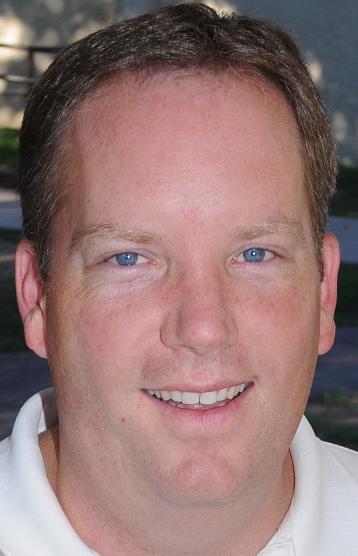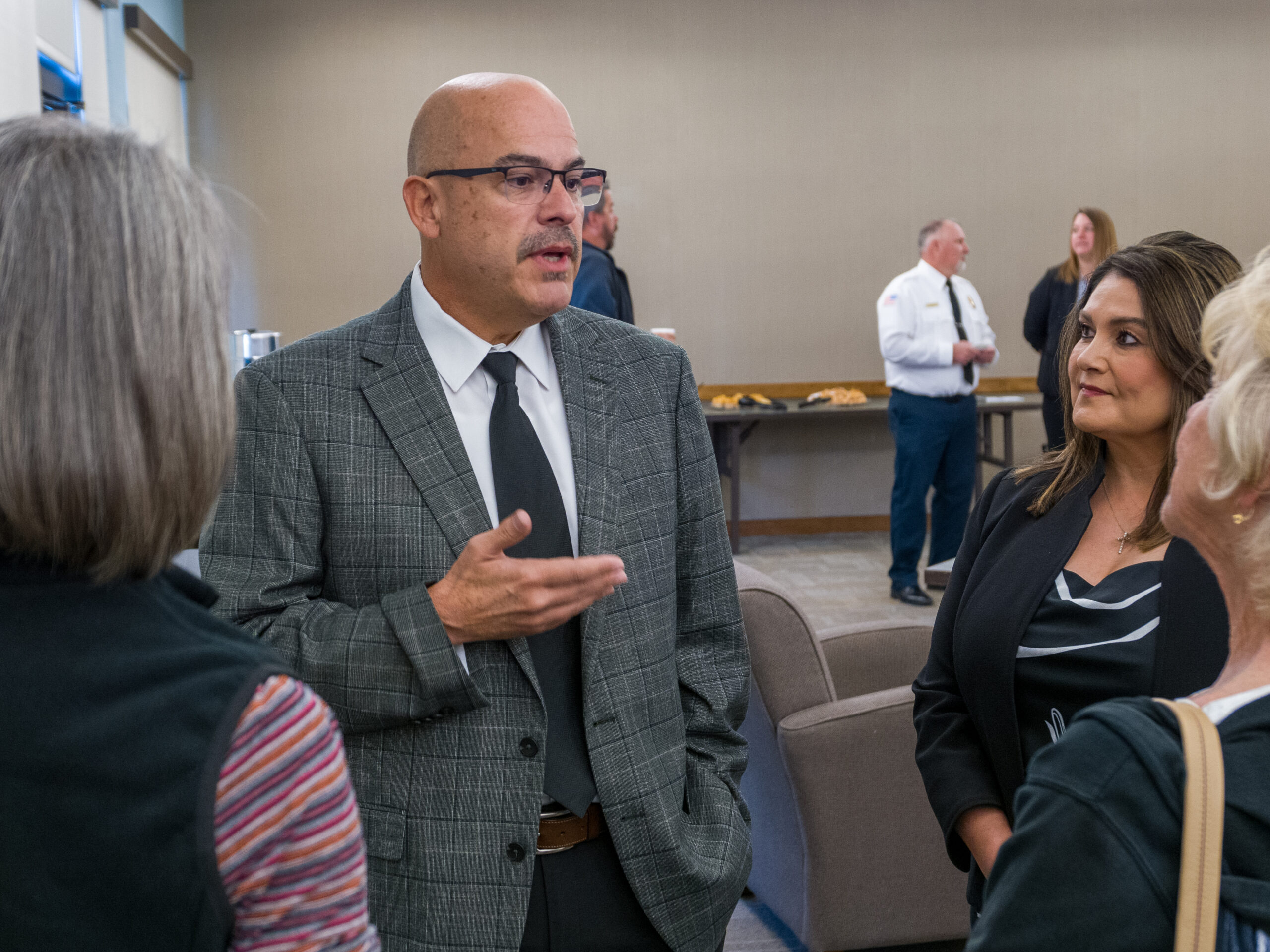When the ballots were counted after the November election, Proposition 203, the medical marijuana initiative, had passed by an extremely narrow margin, 50.1 percent to 49.9 percent, or less than 5,000 votes.
Still, the majority has spoken, and now communities in the region are preparing to figure out how to handle the practical effects of the law.
At a recent meeting organized by MATForce, Yavapai County’s anti-substance abuse coalition, representatives from communities across the Verde Valley and Sedona met in an effort to discuss what the passage of Proposition 203 will mean locally.
“A lot of the discussion focused on dispelling some of the myths and rumors,” Camp Verde Town Manager Russ Martin said.
While the law won’t have an effect until at least April, Martin said the meeting’s participants felt it was prudent to start talking about the matter now.
“Particularly, we looked at any possible issues that could occur and how we could help the state mitigate some of those issues,” Martin said.
A lot of that talk was in order to get communities on the same page, Martin said, and to agree to put some consistency in Verde Valley town codes in regards to medical marijuana.
Martin said all the communities joining together with a common approach to regulations, those concerning zoning rules for marijuana dispensaries, would serve the area well by not putting one town at odds with another.
“The bottom line for Camp Verde is it’s something we just need to keep an eye on,” Martin said.
With the release of the town’s newly rewritten codes, Martin said the town would need to figure out how to fold into them any new rules developed regarding medical marijuana.
On the law enforcement side of the issue, agencies are naturally concerned with making sure regulation is adequate and medical marijuana stays in the hands of the right people.
“There’s a lot in the law that just isn’t clear yet,” said Lt. Earl Huff with the Camp Verde Marshal’s Office.
Huff said there’s still a question of how marijuana prescriptions for minors will be handled. He would like to see the prescriptions handled by a parent or guardian, so minors won’t be able to pass out the product to their friends, for instance.
 There’s also a matter of how employers will have to handle the issue of employees with medical marijuana prescriptions. In the case of law enforcement, Huff said it was possible the state’s law enforcement association would recommend a person with a medical marijuana prescription would not be able to work as a law enforcement officer.
There’s also a matter of how employers will have to handle the issue of employees with medical marijuana prescriptions. In the case of law enforcement, Huff said it was possible the state’s law enforcement association would recommend a person with a medical marijuana prescription would not be able to work as a law enforcement officer.
Huff would also like to see a database of registered medical marijuana patients, so law enforcement can determine if a person is legally allowed to have marijuana if it should be discovered during contact, such as a traffic stop. Of course, driving under the influence of marijuana, medical or not, will still be illegal.
How the law will be handled will depend on rules that have yet to be released by the Arizona Department of Health Services, Huff said.
“Until DHS comes out with the rules, there’s not much we can plan on,” Huff said. Still, different agencies and towns have time to give their own suggestions to DHS for consideration.
Huff said the state is currently working on the guidelines, which could be released as soon as February.



